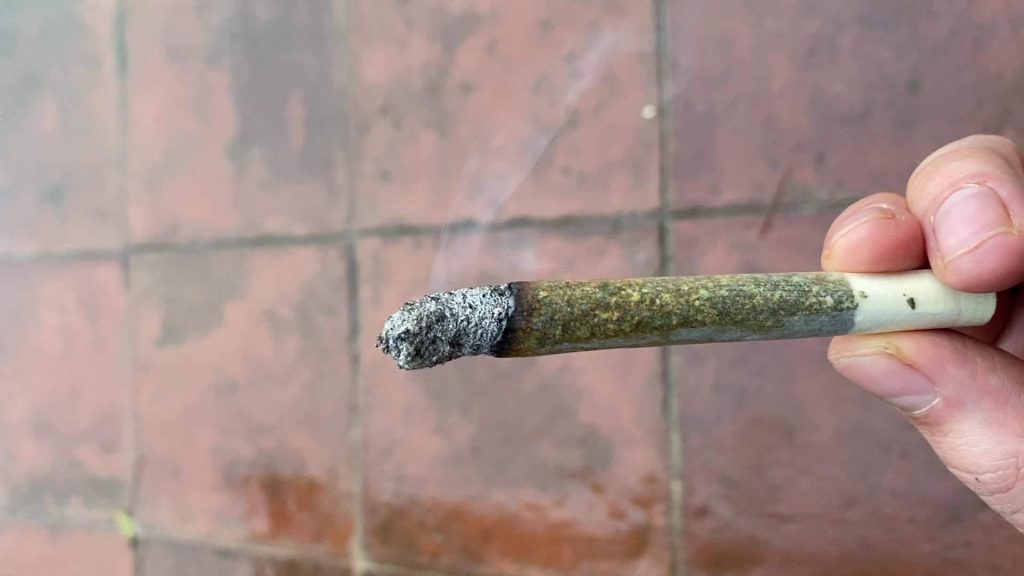Snoville
Let's LearnUnderstanding the Connection Between Ash Color and Cannabis Purity
Monday , 25, December 2023 Information Comments Off on Understanding the Connection Between Ash Color and Cannabis PurityEmbarking on a journey of cannabis exploration involves navigating a myriad of nuances, and one often-overlooked aspect is the color of the ash left behind after combustion. Many enthusiasts swear by the adage that “white ash is quality.” In this guide, we delve into the connection between ash color and weed purity, unraveling the science behind this seemingly simple yet crucial indicator.
The Ash Chronicles: A Visual Cue for Cannabis Quality
When weed is ignited and consumed, the leftover ash can vary in color, ranging from stark white to shades of gray or even black. Enthusiasts and connoisseurs compare white ash weed vs black ash weed and suggest that white is often associated with higher-quality pot, sparking curiosity about the correlation between ash color and the overall purity of the product.
Combustion Chemistry: Unveiling the Mysteries of Ash Color
At the heart of understanding the concept is the combustion process itself. The coloration of ash is influenced by the combustion efficiency and the presence of impurities. When cannabis burns cleanly, the ash tends to be whiter. However, if there are residual impurities, it may take on a darker hue.

Nutrient Quality and Ash Color: The Green-to-Ash Transformation
Cultivators play a pivotal role in determining the eventual color of weed. The nutrients provided to the plants during the cultivation phase impact ash color significantly. Well-flushed plants, where excess nutrients have been thoroughly rinsed, tend to produce cleaner combustion, resulting in whiter ash.
Drying and Curing: Fine-Tuning the Cannabis Experience
The drying and curing stages post-harvest further influence the quality of cannabis and, consequently, the color of the ash. Properly dried and cured cannabis preserves terpenes and cannabinoids while eliminating excess moisture. This meticulous process contributes to a smoother burn, reducing the likelihood of dark ash.
Flushing Out Impurities: The Role of Flushing in Weed Cultivation
Flushing, the process of irrigating marijuana plants with plain water before harvest, is a critical practice that contributes to ash color. Effective flushing removes any residual nutrients, ensuring that the combustion process is not tainted by impurities. Weed that undergoes proper flushing is more likely to produce the coveted white ash.
Contaminants and Purity: The Dark Side of Black Ash
Conversely, black or dark gray ash may indicate the presence of contaminants or inadequate cultivation practices. Poorly flushed plants, the use of harmful pesticides, or rushed curing processes can result in compromised cannabis quality, leading to the formation of dark ash.
Beyond Color: Additional Factors Affecting Cannabis Quality
While ash hue is a valuable visual cue, it is not the sole determinant of weed quality. Factors such as strain genetics, cannabinoid and terpene profiles, and overall growing conditions also play pivotal roles. A combination of these elements contributes to the holistic experience of consuming marijuana, whether in the form of pre-rolls or edibles.
Consumers Empowered: Making Informed Choices Through Ash Analysis
Understanding the connection between ash color and weed purity empowers consumers to make more informed choices. By scrutinizing the color of the ash, enthusiasts can gain insights into the cultivation and processing practices employed, thereby enhancing their overall cannabis experience.
Conclusion
The color of weed ash serves as a visual palette, offering subtle clues about the journey the plant has undergone from cultivation to consumption. When comparing white ash weed vs black ash weed, white is often associated with purity, but a nuanced appreciation of the various factors influencing ash color allows consumers to navigate the diverse landscape of marijuana products with discernment. As the industry evolves, the connection between color and cannabis purity remains an intriguing facet for enthusiasts and connoisseurs alike.